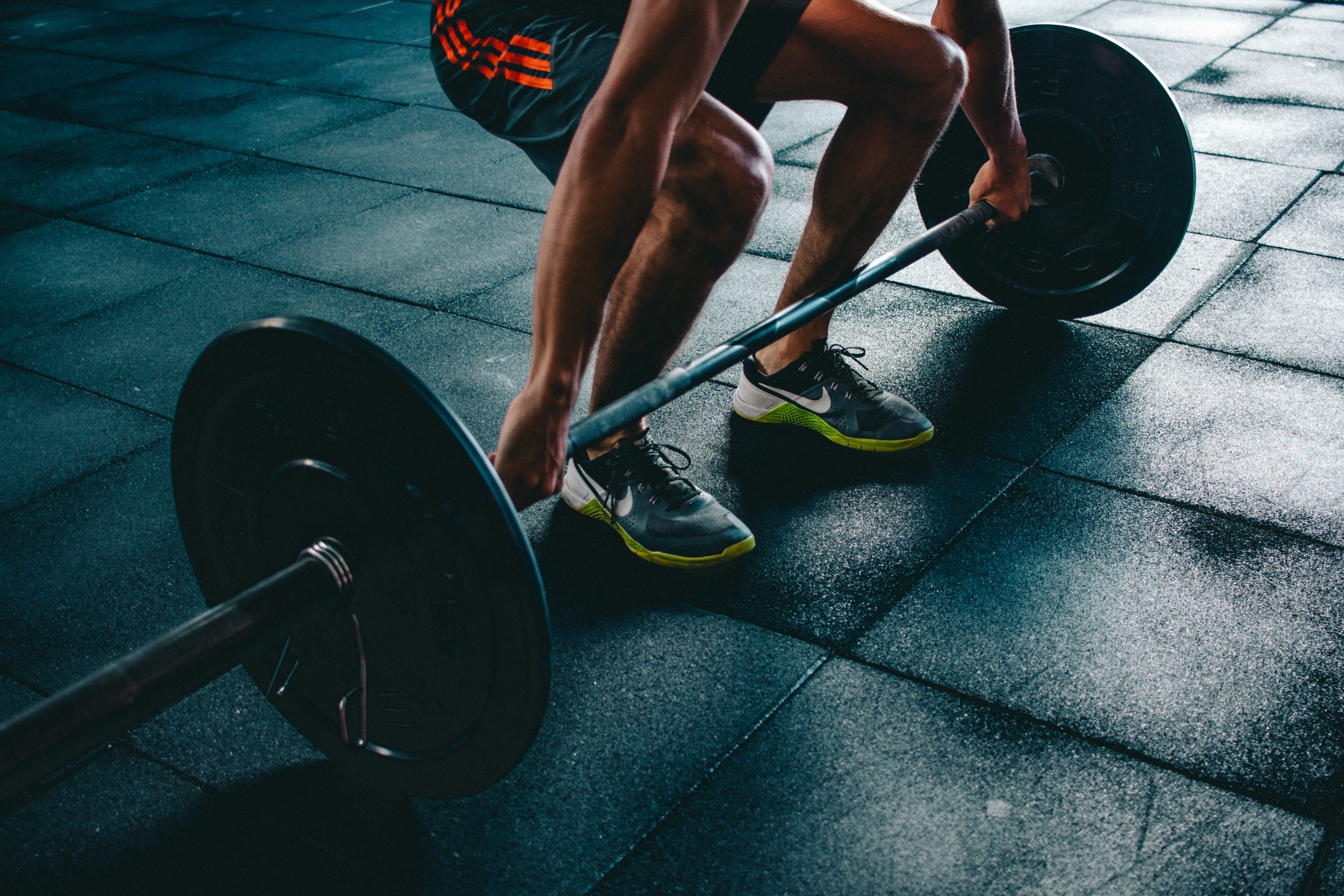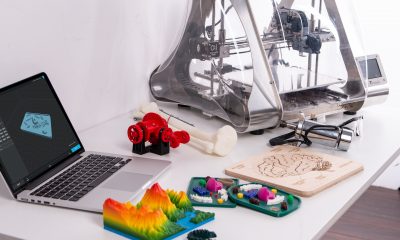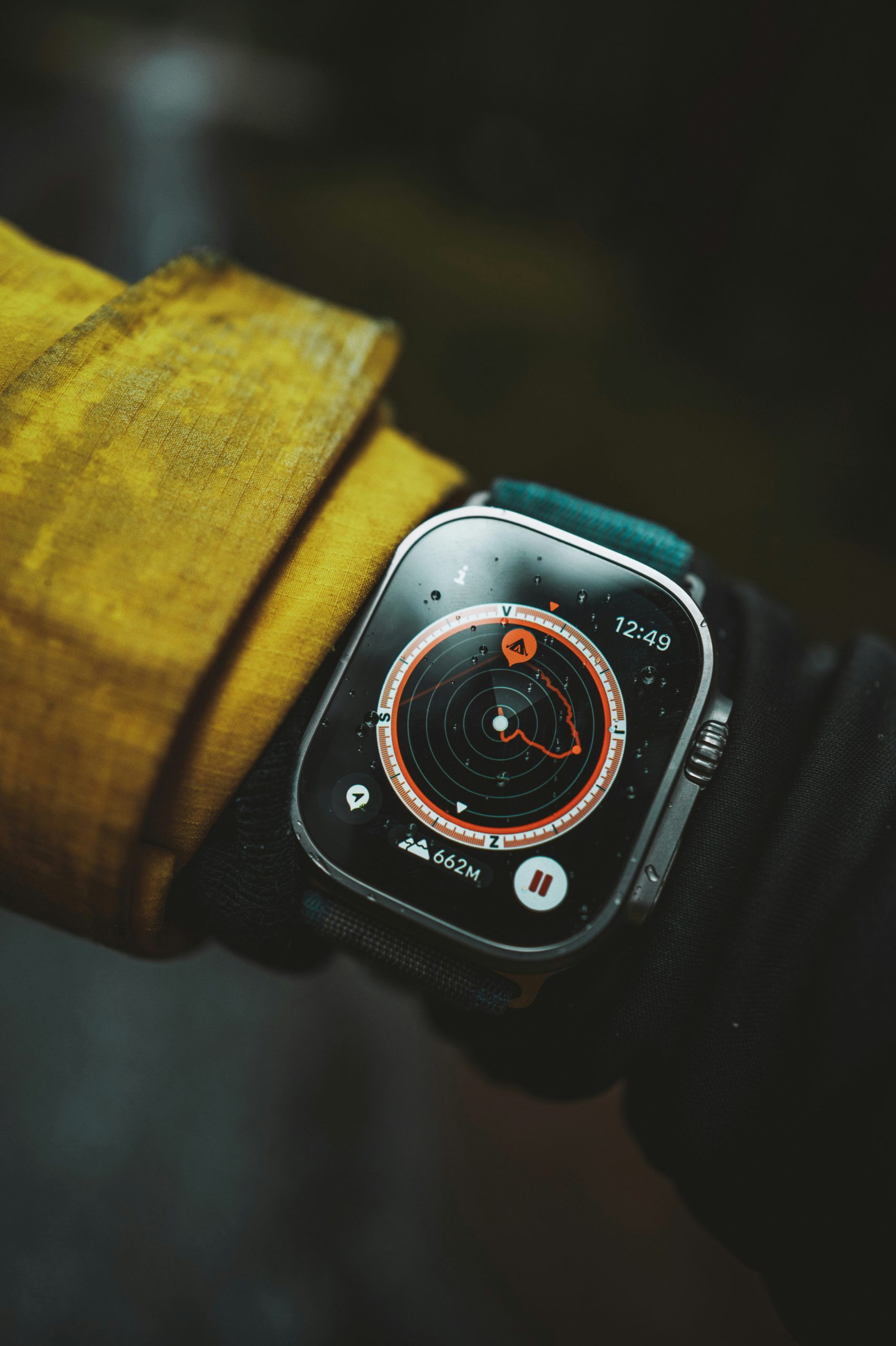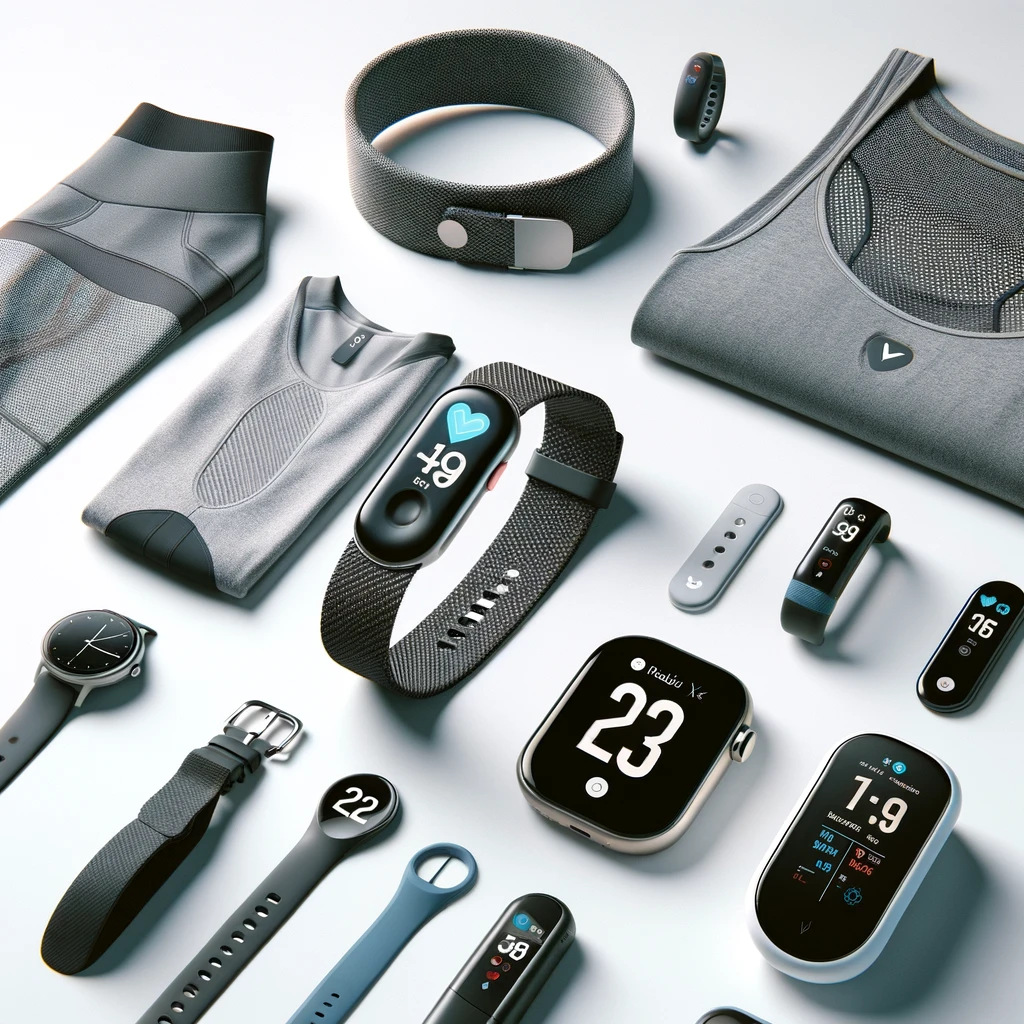In an era where technology intertwines with every aspect of our lives, the health and fitness industry is no exception. As we usher in 2024, the market is brimming with innovative gadgets designed to elevate our wellness journey. From advanced wearables to groundbreaking fitness equipment, these devices promise to kick-start our New Year’s resolutions with a blend of sophistication and functionality.
The Apple Watch Ultra 2 stands out as a testament to Apple’s commitment to health and fitness. Building on its predecessor’s robust features, the Ultra 2 integrates advanced biometric tracking, including heart rate monitoring, blood oxygen levels, and even stress detection. Its enhanced durability and precision GPS make it the perfect companion for outdoor adventurers and fitness enthusiasts alike. Apple’s dedication to health is evident in its ResearchKit and HealthKit platforms, which have transformed the Apple Watch into a vital tool for medical research and personal wellness.
Not to be outdone, Google’s Pixel Watch 2 emerges as a formidable contender in the wearable space. With seamless integration with Google Fit and a suite of health-tracking features, the Pixel Watch 2 is designed to cater to the Android user’s fitness needs. Its sleek design, coupled with Google’s AI-driven insights, provides users with personalized fitness recommendations and health monitoring.
Samsung continues to blur the lines between fashion and functionality with the Galaxy Watch6 Classic. This device not only boasts a stunning design but also packs a punch with its comprehensive health tracking features. From sleep analysis to electrocardiogram (ECG) capabilities, the Watch6 Classic is a powerhouse of wellness technology. Samsung’s commitment to innovation is evident in its continuous updates and enhancements, making the Galaxy Watch6 Classic a top choice for health-savvy consumers.
The Walking Pad has revolutionized home fitness, offering a compact, foldable treadmill that fits seamlessly into any living space. Its smart features, such as app connectivity and adjustable speeds, cater to both casual walkers and avid runners. The Walking Pad’s popularity underscores a growing trend towards convenient, at-home fitness solutions, making it easier than ever to stay active.
Peloton’s Bike+ redefines the home exercise experience, blending live and on-demand classes with cutting-edge technology. Its immersive touchscreen, auto-resistance feature, and robust community engagement propel users towards their fitness goals. Peloton has not only created a product but a lifestyle, fostering a sense of connection and motivation among its users.
The WHOOP Strap 4.0 goes beyond traditional fitness trackers by focusing on recovery and strain. Its sophisticated algorithms analyze sleep patterns, workout intensity, and daily stress to provide personalized recommendations for optimal performance. WHOOP’s emphasis on recovery as a critical component of fitness underscores the importance of balance in achieving health goals.
Fitbit’s Charge 5 encapsulates the essence of smart fitness tracking. With features like stress management, heart rate tracking, and EDA (Electrodermal Activity) scans, the Charge 5 offers a holistic view of the user’s health. Fitbit’s extensive database and social features also encourage a community-centric approach to wellness, making fitness a shared journey.
The Future of Health and Fitness Technology
As we delve into 2024, the fusion of technology and wellness continues to evolve, offering unprecedented opportunities to enhance our health and fitness routines. These gadgets are not merely tools but partners in our quest for a healthier lifestyle. They embody the convergence of innovation and wellness, illustrating how technology can be harnessed to foster physical and mental well-being.
The health and fitness technology sector is poised for exponential growth, driven by advancements in AI, machine learning, and biometric sensing. As developers and manufacturers further refine these devices, users can anticipate even more personalized and effective solutions to their health and fitness needs.
In conclusion, the top health and fitness gadgets of 2024 represent the cutting edge of technology’s potential to transform our lives. By integrating these devices into our daily routines, we can unlock new levels of insight, motivation, and achievement in our wellness journeys. As technology continues to advance, the future of health and fitness looks brighter—and more connected—than ever.


 Home3 years ago
Home3 years ago
 Medical3 years ago
Medical3 years ago
 Gadgets3 years ago
Gadgets3 years ago
 Environment3 years ago
Environment3 years ago
 Medical3 years ago
Medical3 years ago
 Energy4 years ago
Energy4 years ago

